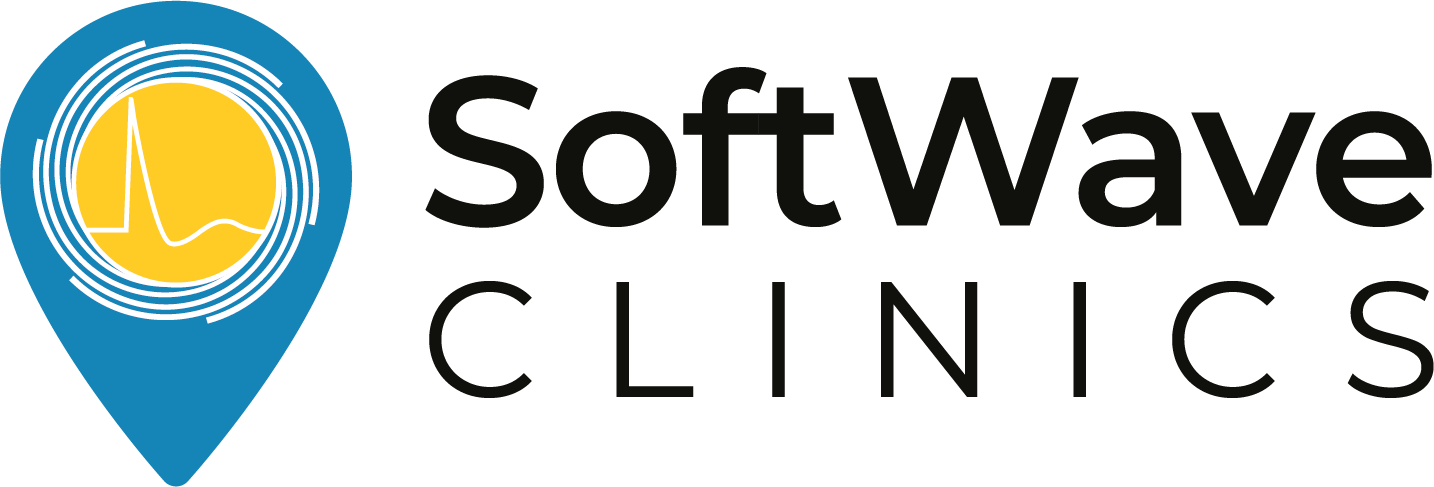Optimization of screw fixation in rat bone with extracorporeal shock waves
Screw fixation in osteoporotic patients is becoming an increasing problem in orthopaedic surgery as deterioration of cortical and cancellous bone hamper biomechanical stability and screw fixation. This might result in delayed weight-bearing or failure of instrumentation. We hypothesized that local peri-operative shock wave treatment can optimize osseointegration and subsequent screw fixation. In eight female Wistar rats, two cancellous and two cortical bone screws were implanted in both femora and tibiae. Immediately after implantation, 3.000 broad-focused extracorporeal shock waves (energy flux density 0.3 mJ/mm2 ) were applied to one side. The other side served as non-treated internal control. Evaluation of osseointegration was performed after 4 weeks with the use of microCT scanning, histology with fluorochrome labeling, and pull-out tests of the screws. Four weeks after extracorporeal shock wave treatment, treated legs exhibited increased bone formation and screw fixation around cortical screws as compared to the control legs. This was corroborated by an increased pull-out of the shock wave treated cortical screws. The cancellous bone screws appeared not to be sensitive for shock wave treatment. Formation of neocortices after shock wave therapy was observed in three of eight animals. Furthermore, de novo bone formation in the bone marrow was observed in some animals. The current study showed bone formation and improved screw fixation as a result of shock wave therapy. New bone was also formed at locations remote from the screws, hence, not contributing to screw fixation. Further, research is warranted to make shock wave therapy tailor-made for fracture fixation. © 2017 Orthopaedic Research Society. Published by Wiley Periodicals, Inc. J Orthop Res 36:76-84, 2018.
Keywords: fracture fixation; fracture healing; high-energy shock waves; osteoporosis; treatment failure.
© 2017 Orthopaedic Research Society. Published by Wiley Periodicals, Inc.
Koolen et al.Journal of Orthopaedic Research. https://doi.org/10.1002/jor.23615.
